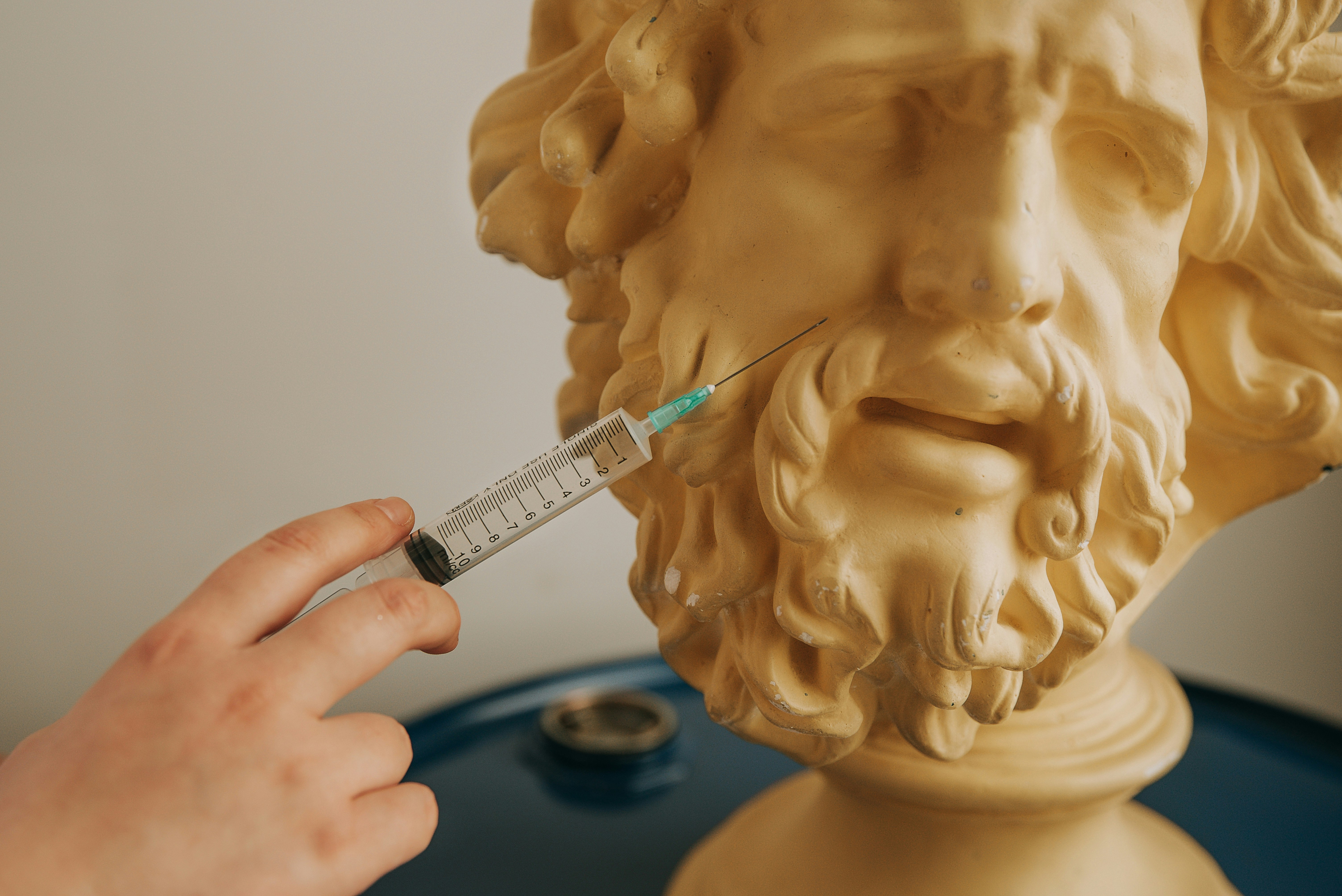28.04.2025
Botox Aftercare Guidelines

Botox is a popular injectable treatment used to reduce wrinkles, but it is also employed in the management of various medical conditions such as chronic migraines, overactive bladder, and neck spasms. Although generally considered safe, there are several important post-treatment guidelines that can help achieve the best results and minimize potential risks. This article will outline key tips and recommendations for aftercare following Botox injections, as well as situations in which it is necessary to contact a healthcare provider.
What is Botox?
Botox is an injectable treatment that uses botulinum toxin to reduce and prevent the appearance of wrinkles, as well as treat various medical conditions such as lazy eye, cervical dystonia (neck spasms), overactive bladder, chronic migraines, and hyperhidrosis (excessive sweating). It works by blocking nerve signals, preventing muscle contractions, and thus softening and relaxing wrinkles (WebMD Editorial Contributors, 2024). Technically, "Botox" is the brand name for a specific drug. Other products containing botulinum toxin type A are available under different brand names, such as Dysport and Xeomin (Nunez, 2020).
In general, Botox injections are considered safe. The treatment uses a diluted amount of the toxin to prevent muscle contraction, which helps to soften and relax wrinkles (Nunez, 2020). Anesthesia is not always necessary, but local or topical anesthetic creams may be used for additional comfort, especially when treating an overactive bladder. Mild discomfort or pain is normal during the treatment. Specialists who administer Botox for wrinkle reduction precisely target the muscles of the face using a thin needle, giving multiple injections depending on the treated area. The procedure typically takes around 15 minutes. Before the procedure, it is recommended to avoid alcohol and blood-thinning medications (such as aspirin and ibuprofen) to reduce the risk of bruising and swelling. Initial results are noticeable after 3 days, with full effects seen after about 2 weeks. The effects last between 3 and 6 months, after which a repeat treatment is needed to maintain the results (WebMD Editorial Contributors, 2024).
General Aftercare Tips after Botox Injections
Stay Upright After Treatment: Since bending or lying down could spread the toxin and increase the risk of bruising, it is advised to remain upright for three to four hours after the procedure (Nunez, 2020).
Do Not Massage the Face: Botox is a liquid, and although it spreads only slightly (about one and a half centimeters), rubbing or massaging can affect how it settles into the muscle. Therefore, avoid touching or rubbing your face for at least 12 hours after the injections. When washing your face, be gentle to avoid rubbing the treated area. Wait at least 24 hours before scheduling facials or massages, and longer if bruising is present (Cleveland Clinic, 2024).
Avoid Certain Substances: Skip alcohol on the day of the treatment and avoid non-steroidal anti-inflammatory (NSAID) drugs, such as aspirin, ibuprofen, or naproxen, as they can raise blood pressure and increase the risk of bruising (Ibid). Consult your doctor about any medications you are taking.
Postpone Exercise: Wait at least 24 hours before resuming exercise. Your doctor may recommend waiting even longer. Exercise increases blood flow, which can spread the toxin to unintended areas, reducing its effectiveness at the injection site. It also contracts muscles, which can lessen the toxin's effects. However, facial exercises, such as frowning, smiling, or raising your eyebrows, are safe and may even help Botox effects become visible faster (Nunez, 2020).
Avoid Sleeping on Treated Areas: To minimize physical pressure on the treated area and allow the Botox to settle properly into the muscles, try not to sleep with your head pressed against the treated areas (Ibid).
Stay Out of the Sun and Heat: Heat can cause redness and increase blood pressure, which may result in bruising. To be extra safe, avoid sun exposure for 24 to 48 hours. It is also best to stay away from tanning beds, hot tubs, hot showers or baths, and saunas (Ibid).
When to Contact a Doctor
Mild side effects such as redness, swelling, and tenderness at the injection site, headaches, or neck pain are common and typically subside within a few days. Bruising is also common but usually resolves within two weeks. However, rarer side effects may include eyelid drooping, vision problems, trouble speaking, swallowing, or breathing, muscle weakness, or poor bladder control. In these cases, it is important to contact your doctor immediately (WebMD Editorial Contributors, 2024; Nunez, 2020).
Conclusion
Proper aftercare is essential for achieving the best results and minimizing the risk of side effects following Botox injections. By following simple guidelines, such as avoiding massaging the face, sleeping on treated areas, or sun exposure, you can ensure that Botox delivers the desired effect while keeping you as comfortable as possible. While the treatment is generally safe, it is important to reach out to your doctor if you notice unusual symptoms, such as vision or breathing issues, to address any potential concerns promptly.
*This text is intended for informational purposes only. If you experience any symptoms, it is recommended to seek assistance from your doctor or a qualified healthcare professional.
References
- Nunez, K. (2020, July 9). Best practices for Botox aftercare. Healthline. Medically reviewed by Sara Perkins, MD. https://www.healthline.com/health/beauty-skin-care/botox-aftercare#seeking-medical-help
- Wind, I. (2020, August 3). Person holding white face mask [Photograph]. Unsplash. https://unsplash.com/photos/person-holding-white-face-mask-NWr0IHXHTZo
- WebMD Editorial Contributors. (2024, February 29). What to know about Botox aftercare. WebMD. Medically reviewed by Debra Jaliman, MD. https://www.webmd.com/beauty/what-to-know-about-botox-aftercare
- Cleveland Clinic. (2024, March 20). Botox aftercare: The do’s, don’ts and don’t-worry-about-its. Cleveland Clinic. https://health.clevelandclinic.org/botox-aftercare
Your trusted partner in finding medical information. We offer access to reliable resources and make it simple for you to get in touch with qualified medical service providers. Our goal is to assist you in achieving optimal health through dependable information and ongoing support, whether it's advice, a physical examination, or expert consultation.